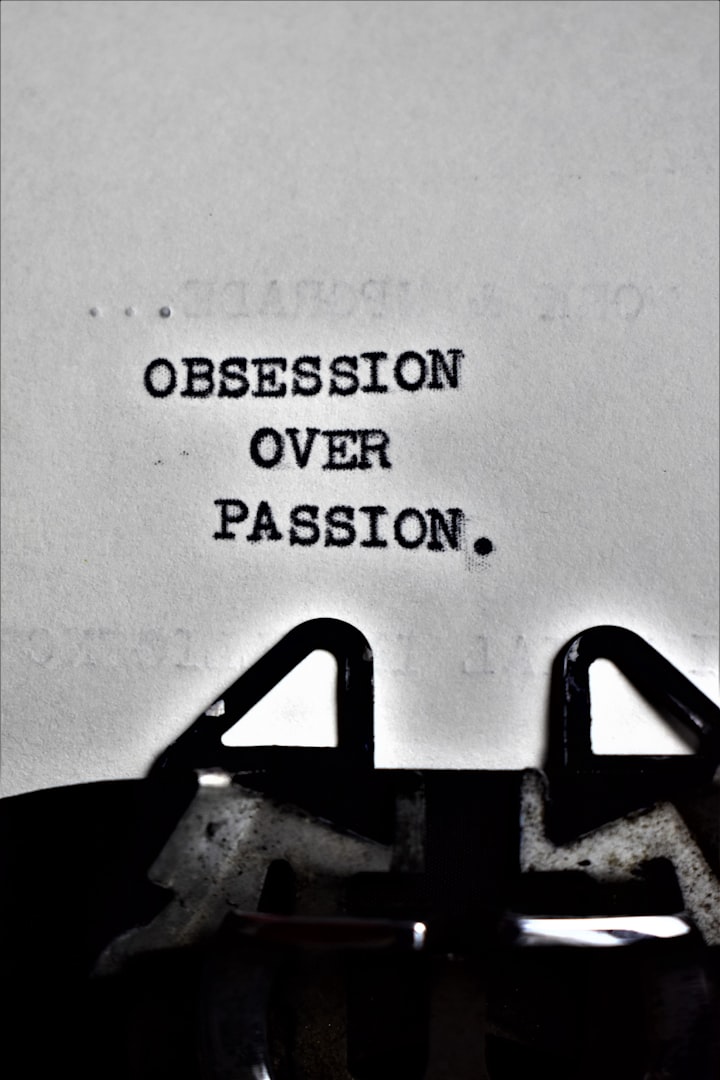Should They Still Teach Cursive in School?
Losing More Than We Think

In case you are not aware, some time ago, they stopped teaching cursive writing in schools across many states. As a writer, I am not sure that eliminating any form of language is ever a good idea. What are your thoughts and opinions on this? You can decide for yourself.
Suspected Reasons They Stopped Teaching Cursive
It is speculated that in modern society with all of the computers and digital forms of communication taking over; that it was determined that cursive writing was out dated and no longer needed. There may be some truth to this, of course. After all; almost every form of communication these days is in fact digital and most writing is typed out rather than hand written in any form.
However; we have to ask ourselves do we want future generations who are incapable of writing by hand? Having a person who is used to typing, write out a sentence on paper may be like trying to pull teeth from a grown tiger. This would be even worse when that person only knows how to write in plain print letters. What can be written in cursive will take twice as long to write in print.
We must also consider that learning to write in any form will only help kids to better learn spelling and grammar. Writing in cursive helps to teach sentence structure and penmanship; things that despite being in a digital age; are needed skills.

We Lose More Than Just Writing
Society’s members’ ability to write is not the only thing that will suffer from the loss of cursive being taught in schools. Cursive is often used as design elements for magazines, images, and more. Cursive is often more than just a form of writing; it is an art and a part of the individual. If we stop teaching cursive in schools, we will soon have the first generation that won’t even know how to sign their name properly. All signatures will be in print. Before you say it; yes, there is a good chance that in a matter of ten more years or so, all signatures may be done digitally too; as many are now. However; we haven’t reached that point yet. This is not even taking into consideration that; most digital signatures are done with a digital pen and are still done by hand. This means that if a person does not know how to write in cursive, they will still have to print their name.
At some point in the future, generations will want to go back and use the written words from the past in order to gain a better understanding of their history. If future generations are not able to read cursive, much of the texts- and therefore the knowledge- from our past and what is now our present; will be lost upon them. Consider all of the historical and vital documents that have been written or signed in cursive. Now imagine that future generations aren’t able to read any of it. So much lost. To help put this into perspective; this would mean that future generations of Americans, wouldn’t be able to read the signatures at the bottom of the Declaration of Independence.
You Decide for Yourself
Of course, this is something that you will have to decide for yourself if you have kids. If the school your child goes to does not teach cursive; you can also choose to teach it to them yourself. It is a form of writing, art, and individuality that should not be lost; but is in real danger of becoming just a memory. So, decide for yourself and take action if you see the need. Hopefully; cursive will not be lost in time. Hope this helped you think about this important topic and you got what you needed. It’s up to us; the older generation, to help preserve what should not be lost.
About the Creator
Timothy A Rowland
I’m an every day human Xennial from the United States. I have many interest. I just want to improve your life and maybe entertain you. Available for editing and LeadsLeap projects at: https://www.fiverr.com/greyhatcompany






Comments
There are no comments for this story
Be the first to respond and start the conversation.